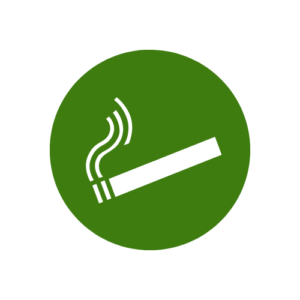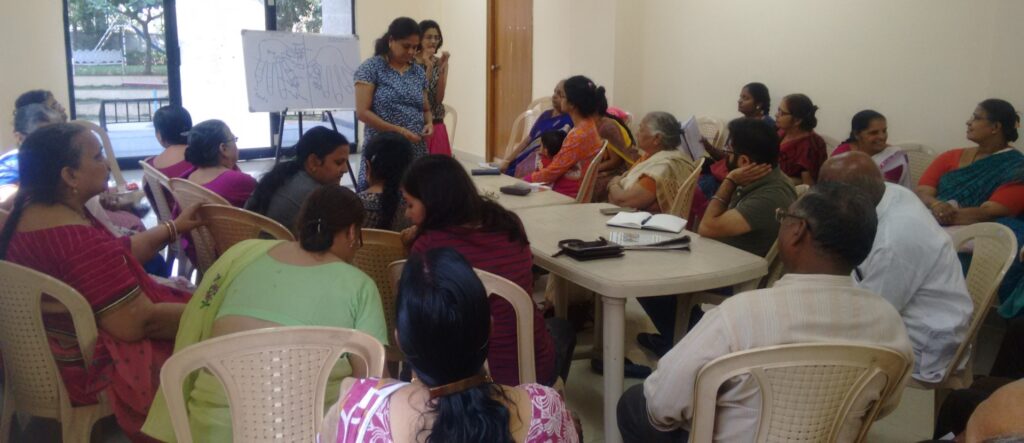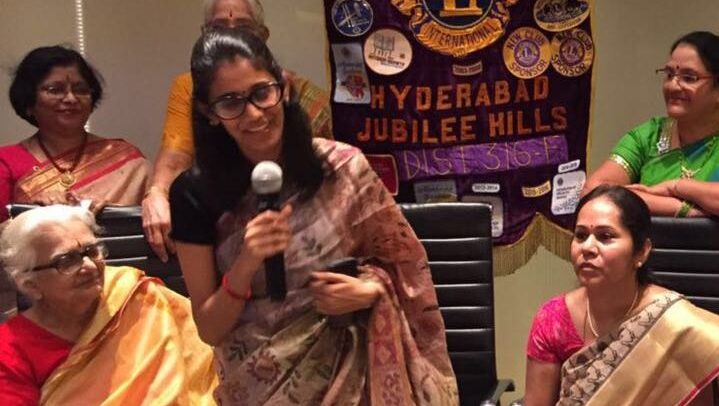Awareness Sessions
Did You Know
India has been facing catastrophe public health issues due to widespread tobacco consumption.
With wide cultural differences and habits tobacco usage is ingrained as a cultural practise making India 2nd largest consumer of tobacco.
Despite 6% reduction in tobacco consumption from 2010 to 2017 (Global Adult Tobacco Survey 1&2), a huge chunk of population ~267 million still consume tobacco and face its several consequences highlighting the need for more stringent measures to control its consumption and mitigate its effects.
 Health Burden
Health Burden
Indians aged 35 to 69 spent Rs 104,500 crore ($15.9 billion) in 2011 on diseases associated with tobacco–including cancer, respiratory diseases, tuberculosis and cardiovascular diseases.
This figure is almost six times as much as central-excise tax collections from all tobacco products that year, according to the Government of India, WHO and the Public Health Foundation of India
Not only tobacco consumption causes hazardous health effects it also inflicts huge economic burden on population pushing millions of Indians into poverty every year
 Secondhand smoke
Secondhand smoke
Cigarette butts are the most commonly discarded piece of waste globally and are the most frequent item of litter picked up on beaches and water edges worldwide.
Hazardous substances have been identified in cigarette butts – including arsenic, lead, nicotine and ethyl phenol. These substances are leached from discarded butts into aquatic environments and soil. Although the environmental impact of this waste has not yet been quantified, the large quantity of discarded butts may allow leachates to affect the quality of drinking water.
Smoking leads directly to the emission of 2600000 tonnes of carbon dioxide and about 5200000 tonnes of methane.
 Family Burden
Family Burden
Nicotine contained in tobacco is highly addictive and tobacco use is a major risk factor for cardiovascular and respiratory diseases, over 20 different types or subtypes of cancer, and many other debilitating health conditions. Every year, more than 8 million people die from tobacco use. Most tobacco-related deaths occur in low- and middle-income countries, which are often targets of intensive tobacco industry interference and marketing.
 Financial burden
Financial burden
Thirdhand smoke forms when particles from a cigarette or other tobacco-burning device seep into materials like hair, clothes, furniture, carpet and walls, and are absorbed. The chemicals then undergo an aging process, which changes their chemical structure. Nicotine reacts with indoor air pollutants like nitrous acid to form carcinogens, or compounds that may cause cancer. The gas is then continuously re-emitted back into the air in a process called “off-gassing.”
Children are especially susceptible to thirdhand smoke exposure because they breathe near, crawl and play on, touch, and mouth contaminated surfaces.
Efforts to diffuse the smoke, like opening windows or using a fan, don’t prevent thirdhand smoke from forming or keep it from being inhaled, and the residue may give off harmful chemicals for years or even decades. “Thirdhand smoke is not a one-time thing; It’s actually a phenomenon that accumulates over time with increased exposure
 Environmental Burden
Environmental Burden
Secondhand smoke is the combination of smoke from the burning end of a cigarette and the smoke breathed out by smokers. Secondhand smoke contains more than 7,000 chemicals, of which hundreds are toxic and about 70 can cause cancer.
There is no risk-free level of secondhand smoke exposure; even brief exposure can be harmful to health.
Comprehensive smokefree policies have been successful in protecting those who do not smoke, and are the only way to fully protect their health
 Society Burden
Society Burden
For every person who dies because of smoking, at least 30 people live with a serious smoking-related illness. Smoking causes cancer, heart disease, stroke, lung diseases, diabetes, and chronic obstructive pulmonary disease (COPD), which includes emphysema and chronic bronchitis.
Smoking also increases risk for tuberculosis, certain eye diseases, and problems of the immune system, including rheumatoid arthritis.
We cover all the above and much more in detail in all our awareness sessions to ensure the participants fully understand the ill-effects
Contact us for customized packages at info@toxintaxation.com



